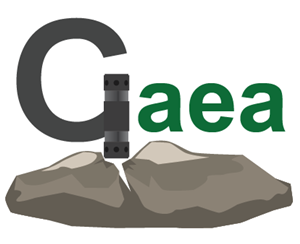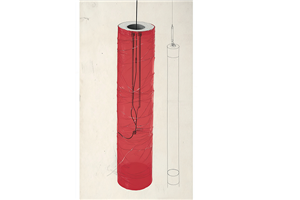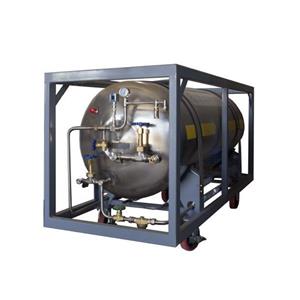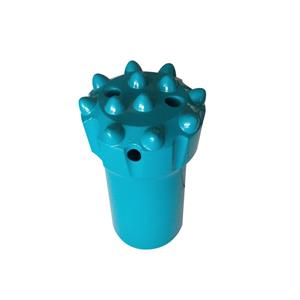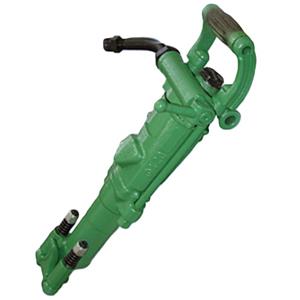DTH drill bits failing all the time? Use these tricks and you can double their life!
In drilling operations, rapid wear of DTH drill bits is a common headache. Frequent bit changes not only delay schedules but also greatly increase costs. With the right methods you can substantially extend bit life. Here’s a practical guide from selection to maintenance to help you save money and boost efficiency.
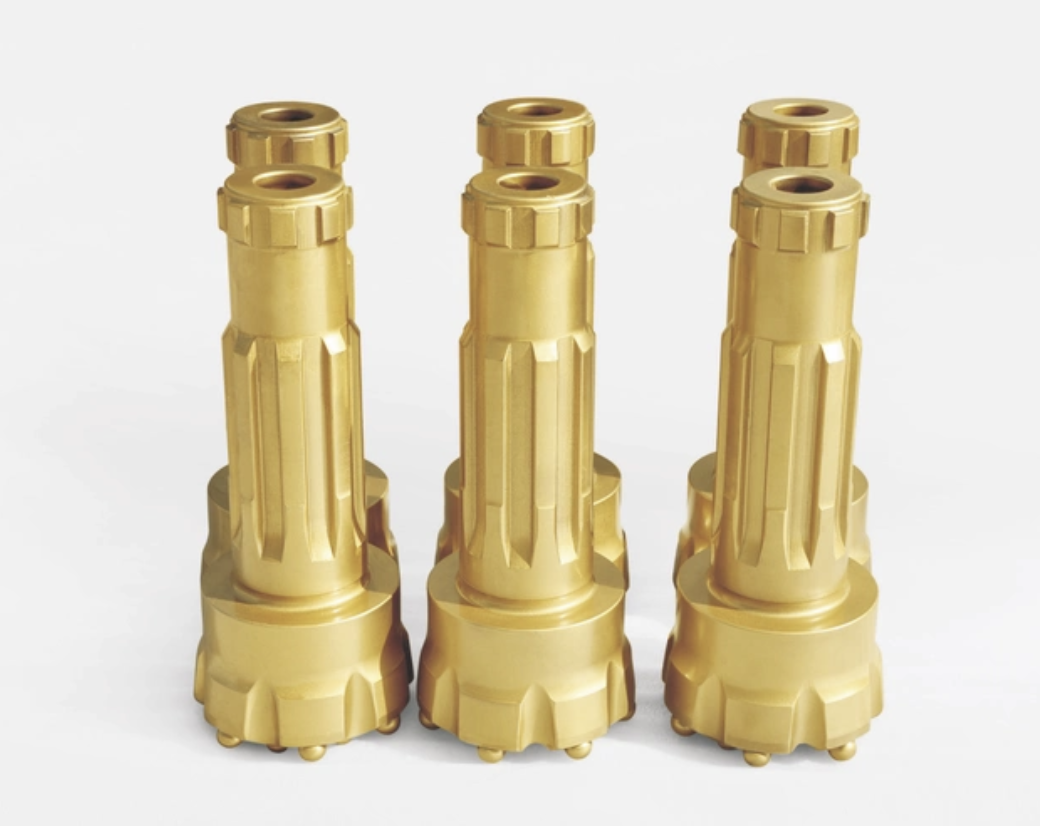
Pick the right bit — work smarter, not harder
Match to rock type • Soft / medium‑soft rock: prefer chisel/pointed bits — they suit softer formations. • Hard / very hard rock: use button bits — never force pointed bits into hard rock (it quickly chips the teeth).
Match air pressure and equipment parameters • Low‑pressure drills → low‑pressure bit models; high‑pressure operations → high‑pressure models. • Insufficient air pressure → the hammer “chokes” (weak impacts, increased friction); excessive air pressure → overload and tooth breakage.
Match the rig specifications • Ensure the coupling type (retaining ring, cross‑pin, etc.), diameter and other dimensions match the drill. • Avoid loose installation that causes eccentric wear or uneven impact loads.
Standardize operation to reduce human‑caused wear
Control drilling parameters • Feed/advance speed: too fast → higher friction and tooth overheating; too slow → low efficiency and concentrated impact energy that chips teeth. • Air pressure and volume: unstable pressure → increased tooth fatigue; insufficient volume → poor flushing and regrinding of cuttings against the bit.
Avoid dry‑firing and off‑angle impacts • Dry‑firing risk: continual impacts when the bit isn’t contacting rock can fatigue and fracture the carbide teeth or their weld joints. • Off‑angle impacts: when the hole is deviated the edge teeth take extra lateral load and can chip or deform — adjust rig angle or use a guide device promptly.
Timely flushing and cleaning • Keep flushing paths clear. In clay or fractured formations, stop periodically to clean adhered cuttings; this prevents sintering from high heat that can cause carbide loss.
Regular maintenance prolongs life
Pre‑work checks • Inspect carbide teeth for looseness, wear or chipping. • Check bit body for cracks. • Inspect flushing ports for blockage. • Replace or repair any defects before starting work to avoid worsening damage.
Post‑work care • Clean surfaces of cuttings and oil to prevent corrosion. • Reinforce connections: check tooth welds to the bit body and re‑weld if needed. • Long‑term storage: apply rust preventive oil and keep in a dry place.
Optimize the working environment and procedures
Pre‑treat complex formations • For faults, cavities or alternating soft‑and‑hard layers, pre‑blasting or pre‑breaking reduces extreme shock loads on the bit.
Control hole depth • Avoid drilling overly deep in a single pass which makes flushing difficult — drill in stages and clear cuttings frequently to reduce wear.
Use quality bits • Prefer high‑hardness carbide materials (e.g., tungsten‑cobalt carbide) and precision‑manufactured bits; their teeth have better wear and impact resistance and a longer baseline life.
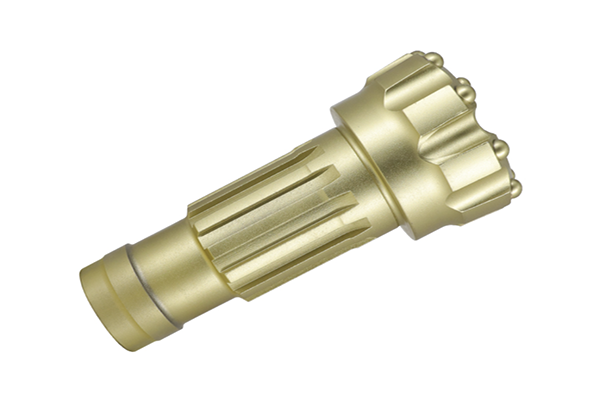
Effect of these measures
Button bits’ life can increase by 20%–30%;
Chisel/pointed bits’ life in soft rock can increase by over 50%.
